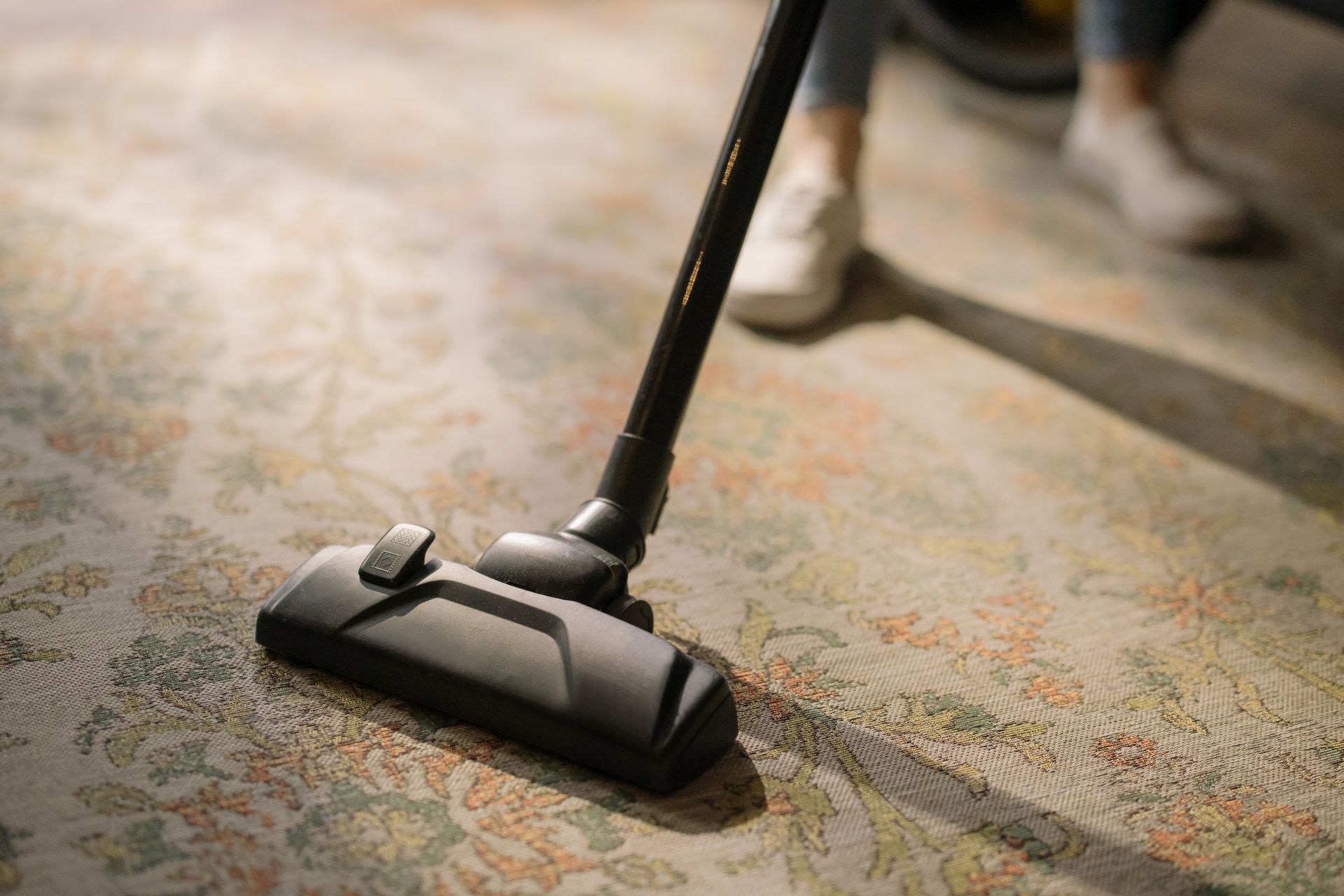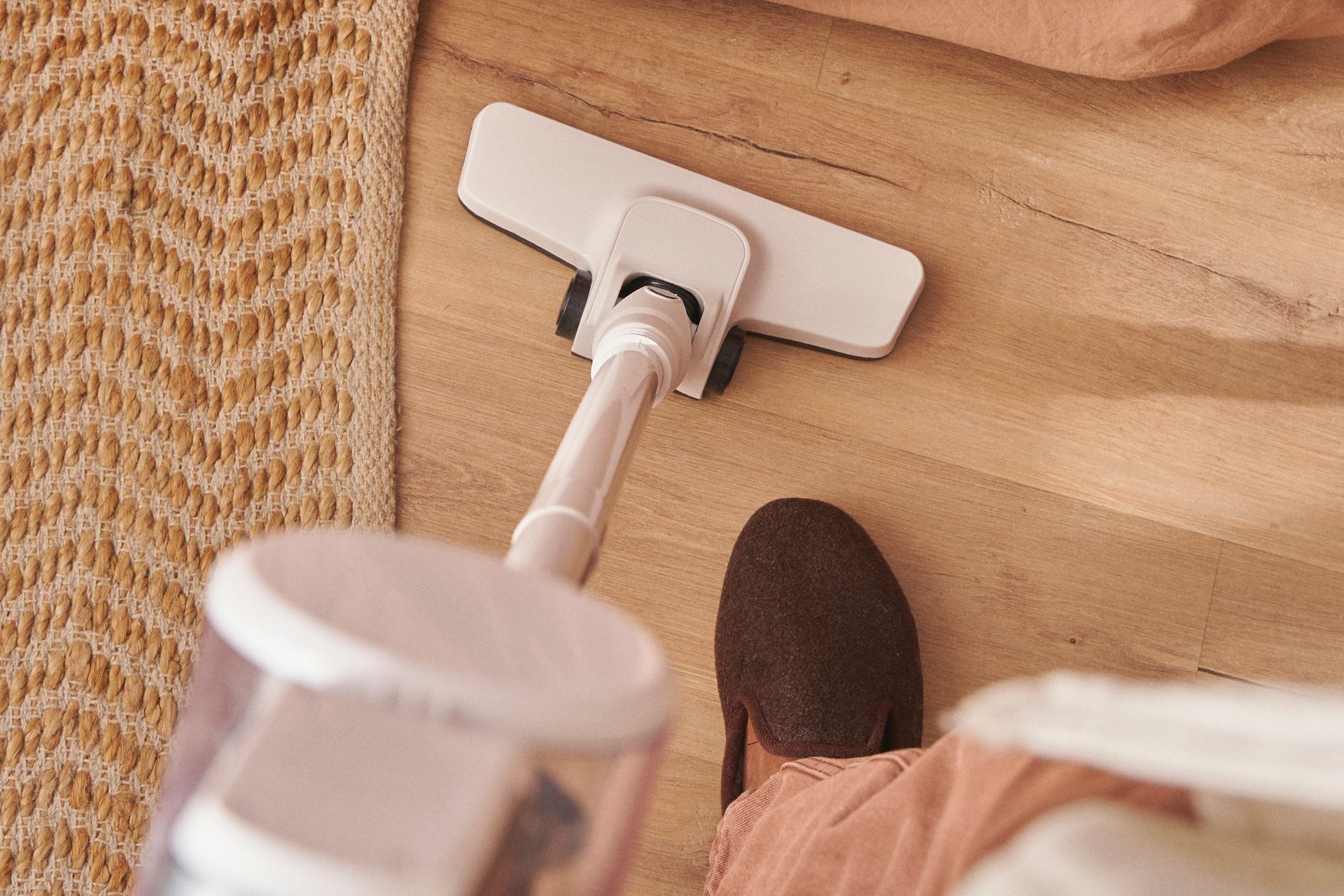Introduction: How Do I Maintain My Vacuum?
A vacuum cleaner is one of the most important household tools for keeping your home clean and dust-free. But many people ask, “How do I maintain my vacuum?” The truth is, regular maintenance not only helps your vacuum last longer but also ensures that it works at maximum suction power. By learning how to clean filters, empty dust bins, check hoses, and care for attachments, you can extend the lifespan of your vacuum and save money on repairs or replacements.
In this article, we’ll guide you step by step through everything you need to know about vacuum maintenance so your machine stays efficient for years.

Why Is Vacuum Maintenance Important?
Before diving into the details of how do I maintain my vacuum, let’s understand why it matters:
- Better performance: A well-maintained vacuum picks up dirt and dust more effectively.
- Longer lifespan: Regular care prevents early breakdowns.
- Cleaner air quality: Clean filters reduce allergens and dust circulation.
- Saves money: Avoids costly repairs and replacements.
How Do I Maintain My Vacuum: Step-by-Step Guide
Maintaining your vacuum involves multiple small but essential tasks. Let’s go through them one by one.
Empty the Dust Bag or Bin Regularly
One of the simplest answers to “How do I maintain my vacuum?” is to keep the dust bag or bin clean.
- Bagged vacuums: Replace the bag once it’s two-thirds full.
- Bagless vacuums: Empty the dust bin after every use to prevent clogging.
👉 Never wait until the bag or bin is completely full, as this reduces suction power and strains the motor.
Clean or Replace Filters
Filters play a huge role in keeping your air clean while vacuuming.
- Foam filters: Wash with warm water every month and let them dry completely.
- HEPA filters: Replace every 6–12 months depending on usage.
- Carbon filters: Used for odor control, should be replaced every few months.
Regular filter care is one of the most important steps when asking, “How do I maintain my vacuum?”
Check the Brush Roll
The brush roll (or beater bar) easily gets tangled with hair, string, and carpet fibers.
Maintenance Tips:
- Remove hair or threads after each use.
- Inspect the roller bearings and lubricate if needed.
- Replace the brush roll every 1–2 years for best cleaning performance.
Inspect and Clean the Hose
Clogs in the hose are a common cause of poor suction.
- Detach the hose and check for blockages.
- Use a broomstick or flexible brush to clear debris.
- Rinse the hose with water if it’s washable, then let it dry fully.
A clean hose ensures smooth airflow and is essential when learning how to maintain my vacuum.
Maintain Attachments and Accessories
Vacuum attachments like crevice tools, dusting brushes, and upholstery heads also need care.
- Wipe attachments with a damp cloth after use.
- Check for small clogs in narrow tools.
- Store them properly to prevent cracking or bending.
Clean the Exterior and Wheels
Dust and dirt can build up on the outside of your vacuum and wheels.
- Wipe the body with a microfiber cloth.
- Remove hair from wheels to keep them rolling smoothly.
- Check cords for frays or damage to prevent electrical issues.
Replace Belts When Needed
The vacuum belt powers the brush roll. Over time, it can stretch or snap.
- Inspect belts every few months.
- Replace every 6–12 months depending on usage.
- Always keep a spare belt at home for emergencies.
Store the Vacuum Properly
Storage is often overlooked when people ask, “How do I maintain my vacuum?”
- Keep it in a dry area to avoid moisture damage.
- Wrap the cord neatly to prevent tangling.
- Store upright or in its designated position to avoid stress on parts.
Schedule Professional Servicing
For high-end vacuums like Dyson, Miele, or Shark, occasional professional servicing can extend their lifespan.
- Annual servicing checks the motor, wiring, and internal components.
- Technicians can replace worn parts before they break.
How Often Should I Maintain My Vacuum?
The frequency depends on how often you vacuum and the type of flooring in your home.
- Weekly: Empty dust bin, check hose, clean attachments.
- Monthly: Wash filters, clean brush roll.
- Every 6 months: Replace belts, deep clean hoses.
- Annually: Professional servicing if needed.
Common Mistakes to Avoid in Vacuum Maintenance
Even with the best intentions, many people make mistakes when maintaining vacuums.
- Waiting too long to empty the dust bag or bin.
- Washing filters without letting them dry fully.
- Using the vacuum on wet floors (unless it’s a wet/dry model).
- Ignoring strange noises or burning smells.
Avoiding these mistakes will make your vacuum last much longer.
FAQs: How Do I Maintain My Vacuum?
- How do I maintain my vacuum if I have pets?
Clean filters and brush rolls more frequently, as pet hair clogs vacuums quickly. - Do bagless vacuums require less maintenance?
No, they require just as much care—especially frequent bin emptying and filter cleaning. - Can I wash a HEPA filter?
Most HEPA filters are not washable. Check your manufacturer’s instructions before cleaning. - How do I know if my vacuum needs servicing?
If you notice reduced suction, unusual noises, or overheating, it’s time for a check-up. - Does vacuum maintenance really extend its life?
Yes, proper maintenance can add 3–5 years to your vacuum’s lifespan.
Conclusion: How Do I Maintain My Vacuum?
So, how do I maintain my vacuum? The answer is simple—regular care, cleaning, and inspections. By emptying dust bins, washing filters, cleaning brush rolls, and checking hoses, you’ll keep your vacuum in peak condition. With proper maintenance, your vacuum will last longer, work more efficiently, and save you money in the long run.
Taking the time to maintain your vacuum today ensures a cleaner home and a healthier living environment tomorrow.
